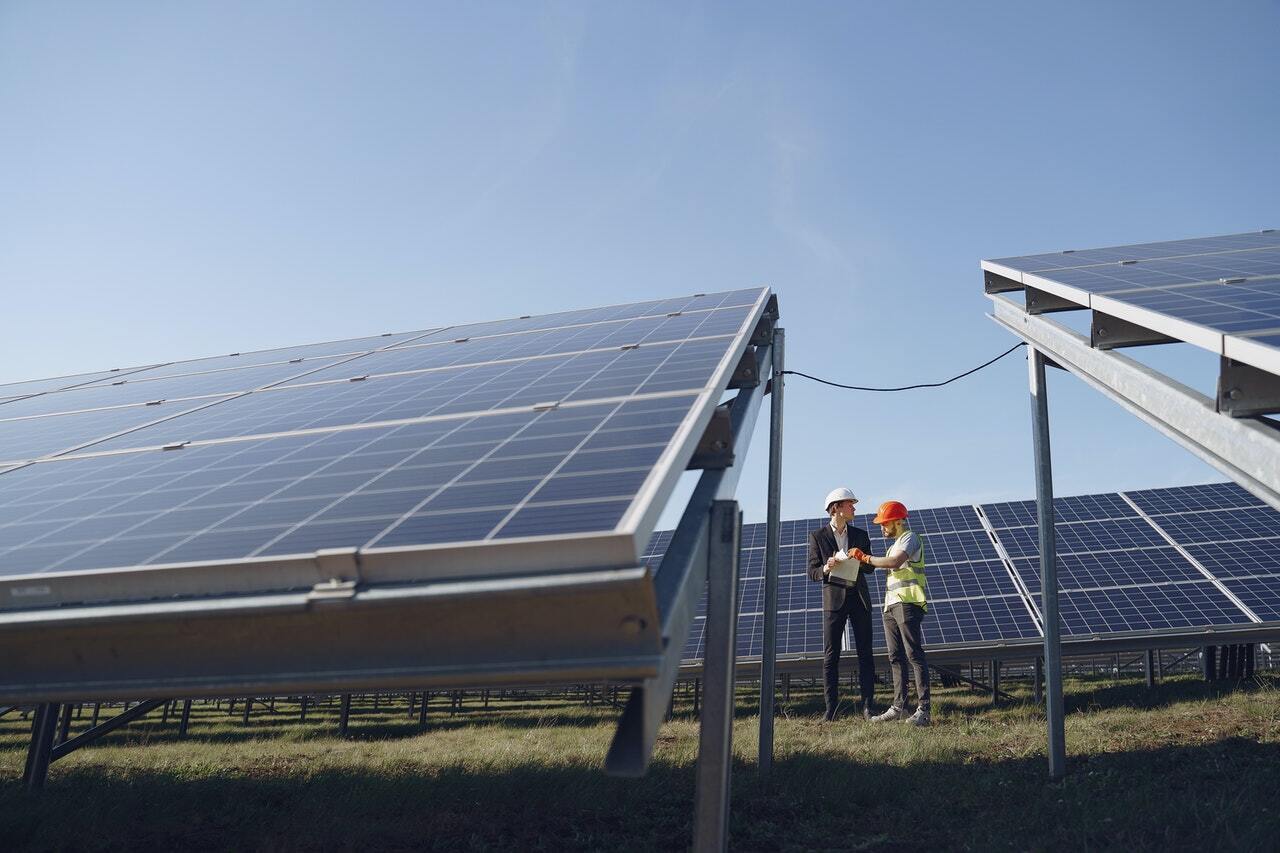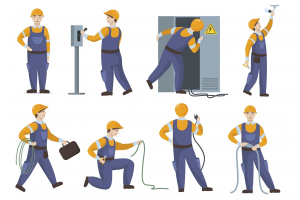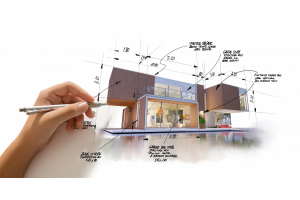
It is observed by the scientists that the rust electricity is produced by the thin films of Rust that can generate electricity with the flowing saltwater. Rust is the erosion item that is delivered from iron or steel by oxidation with oxygen within sight of water. The enduring of iron materials into Rust causes harms and expenses of billions of dollars worldwide as it is a typical issue on the foundation. In any case, a new examination shows that when it is joined with salt water, it can likewise be a wellspring of power. Collaborations between metal mixes and saltwater frequently create power; however, this is normally the aftereffect of a substance response in which at least one mixes are changed over to new mixes. Responses like these are what is grinding away inside batteries.
How does electricity work in Rust?
Electricity in Rust is now a reality which was difficult to believe a few years back. This phenomenon was presented by Miller, but he does not involve the chemical reactions in it instead converts the kinetic energy of flowing saltwater into the electricity. It is even observed with the other materials as well. You can drop saltwater and drag it across graphene you will see the electricity generating. By it is not easy to fabricate the graphene electricity films and scale them to the usable sizes, that's why the iron oxide films are easy to produce and manage in large sizes. It is in actuality just Rust on iron that is easy to be made in large sizes as explained by the Miller.
The point when the rust-covered iron and streamed saltwater arrangements of differing fixations over it, an electric current and flow were produced. "For viewpoint, plates having a zone of 10 m² each would create a couple of kW for every hour, enough for a standard home," Miller says. "Obviously, less requesting applications, incorporating low-power gadgets in far off areas, are additionally encouraging in the close to term." The generation of electricity is now also common in the home improvement contracts for the pure strong continuous provision.
How much power does a solar panel produce Rust?
The large solar panel produces the electricity of maximum 20rWm during the day. By installing one in the base can only work for the day time. So, it's preferred and recommended to place several in the roof base or anywhere else where they have a clear view of the sunlight. Their efficiency becomes increased when they are placed towards the Northside. From there you can connect it to one of the batteries from where you can have your gadgets charged.
How do you wire lights in Rust?
The well-known glue is used to tie all the electric items together. The wire tool is best used by the Rust electricians. It is crafted with superior metal and is best to facilitate the flow of electricity through various pieces of the equipment.
To work with wire, prepare it and afterwards left snap on a connection 3D shape of one of the gadgets you'd prefer to interface (it would appear that a greyish box which extends and turns yellow when you point at it). From that point, you can left tap on the divider to stick the wire (link the board anybody?) and guide the wire to the next thing you'd prefer to associate. At the other side, the wire will go straight through. Each wire will travel up to 30 meters or 16 pinned points. The wire tool will have itself the almost unlimited amount of wire so you can utilize much.
How do you increase power in Rust?
For power creation and storage, the basic need for adding power in Rust is to gather power initially. You can get this power in two ways either through the Solar panels or wind turbines. After having sufficient power, you will want to store it. That's why they need for batteries is initiated. The simplest of these to create is the solar panel, as for such reason only the 25 high-quality metals will be required. The positive point of it is that it's always easy and beneficial to generate a decent amount of electricity. The negative point is, the electricity will not be generated at night time, and the amount of production will depend on the angle and intensity of the sun.
The other way of generating electricity in Rust is through the wind turbine. This costs very high, so it might be difficult for the producer to make all at a time. Whereas, for building the wind turbine will cost you around 1500 wood, 30 high-quality metal, three gears and ten sheets of metal. The positive point of it is, it generates electricity both night and day time as long as the wind is blowing.
As one starts generating electricity, it is easy to just hook the generator straight up to the electrical component. There is no harm in doing so. But the wise idea wu=ould be to construct the batteries instead. These batteries could be helpful in storing electricity and to power other electrical components. Besides, the generator will get on gaining power.
In Rust, there is a small and large battery. The functions of both batteries are the same. The major difference between them is the number of resources being supported by the battery they hold to charge. The small batteries are only able to put off 10 volts, and they cost ten high-quality metal pieces. Whereas, the larger battery has a large capacity and can put off 100 volts apiece, but will set players back 50 high-quality metal. But for increasing output, all these batteries can be strung in line for providing more power capacity.
Where do you find large batteries in Rust?
The large batteries in Rust can be found in locked crates, Military crates, Elite Tier Crates, Crates and corpse of an Oil rig. These large batteries have mostly the storage capacity of 24000 rWm with the output capacity of 100rWm. The input and output terminals are located on both sides of the battery.
Interesting facts to know to consider:
Every one of us usually focuses on the top interesting facts of everything. Definitely, same is the case of ours while studying the rust electricity. So here we have the rust electricity top facts as well, which are as follows:-
- For creating the rust electricity, you must have a large solar panel, small, medium and large rechargeable battery, a wind turbine and a small generator.
- High-quality metal is used in it.
- It is easy to generate and store this electricity in rechargeable batteries.
- Batteries in Rust utilize a unique sort of unit called rWm (rust Watt minutes) to gauge the charge of a battery. By and by this implies that the battery can control a framework that utilizations up 60 ϟ for one moment. The higher the force utilization, the quicker the battery will deplete.
- Both the large and small batteries are there in Rust. The working of both these batteries the same. The only difference between them is the total charge they hole.
- One of the interesting things is the access to the users for the ability to switch on and off the electricity anywhere on the map.
- It contains the OR switch that will allow the power to pass through if inputs receive power. In case both the inputs have power, and the total output power will be equal to the larger of the two inputs.
- The ions present in saltwater pull in electrons in the iron underneath the layer of Rust. As the saltwater streams, so do those particles, and through that appealing power, they drag the electrons in the iron alongside them, producing an electrical momentum.
- For the flow of electricity, simple wires are used for the electricity flow.
- It is claimed by the scientists, that the rust electricity generates electricity at 30 % efficiency, which is a higher ratio than the modern solar panels.
- Various researches have observed the production of electricity through grapheme. But it is expensive to get the grapheme for generating electricity. Whereas, to use Rust is easy to acquire and less expensive.
- The practical use of rust electricity includes, night and day power, airlock controller, and Auto night lights etc.
- It can provide enormous power small, and large batteries are connected in a series.
- It facilitates the flow of electricity through various power-hungry pieces of equipment.
- Each run of wire can travel up to 30 meters or 16 pinned points.
- Only the ultra-thin layers of Rust can generate electricity instead of the thick layer.
Conclusion
The generation of rust electricity is cost-effective and easy to manage. So by following the proper technique of its generation, it can generate a sufficient amount of electricity to manage basic holds.
All of the necessary is to follow the proper way and to have the necessary equipment's along.


